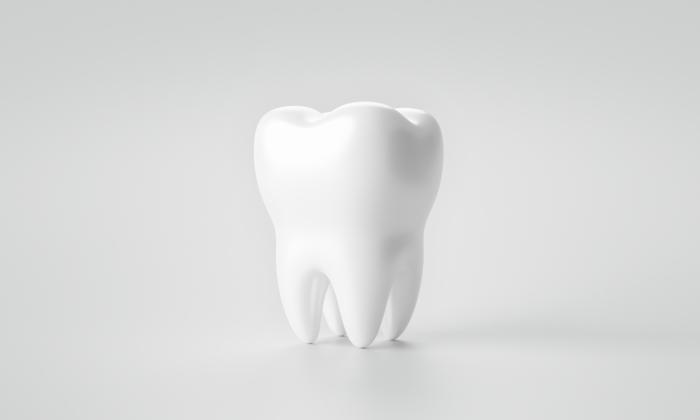Published in the Journal of Affective Disorders, the study was based on 286 patients with anxiety. All patients were recruited from primary care services in Gothenburg in the northern part of Halland county. Half of the participants had lived with anxiety for at least 10 years, 70 percent were women, and their average age was 39.
All participants were assigned to group exercise sessions that were either moderate or strenuous for 12 weeks. Both treatment groups had 60-minute training sessions three times a week.
The sessions included cardio and strength training. A warmup was followed by circle training around 12 stations for 45 minutes and followed by a cool down and stretching.
Most participants in the treatment groups went from a baseline level of moderate to high anxiety to low-level anxiety after the 12-week program. Those who were in the low-intensity group had an improvement in anxiety symptoms by a factor of 3.62. The corresponding factor for those who exercised with higher intensity was 4.88.
Clear Symptom Improvements
Previous studies had shown clear symptom improvements with physical exercise. However, a true picture of how people with anxiety were affected by exercise was lacking.Treatment for anxiety includes cognitive-behavioral therapy (CBT) and psychotropic drugs. However, these drugs commonly have side effects, and those with anxiety disorders don’t typically respond well to medical treatment. There are also long wait times for CBT.
Lead author Malin Henriksson said: “Doctors in primary care need treatments that are individualized, have few side effects, and are easy to prescribe. The model involving 12 weeks of physical training, regardless of intensity, represents an effective treatment that should be made available in primary care more often for people with anxiety issues.”






Friends Read Free